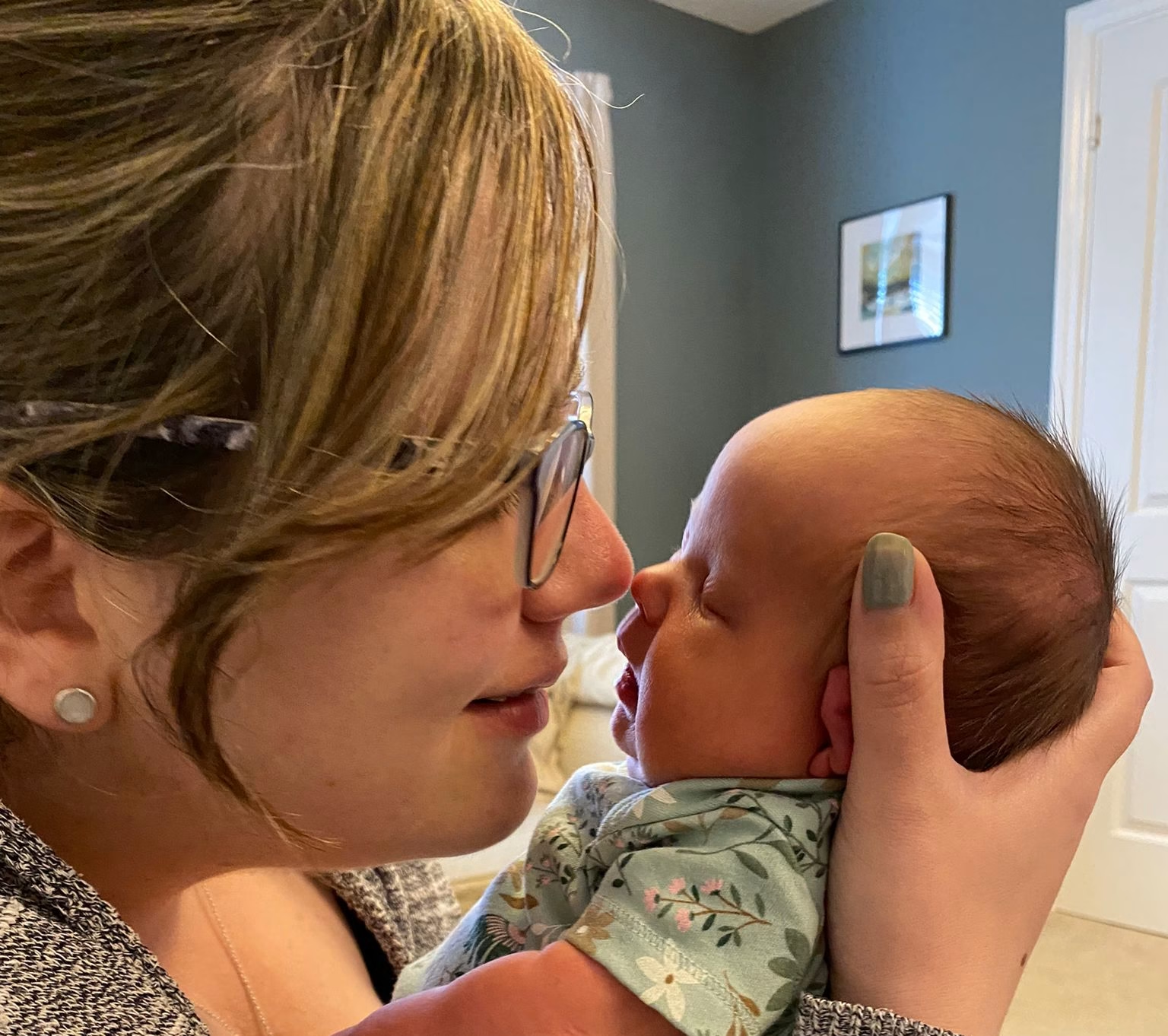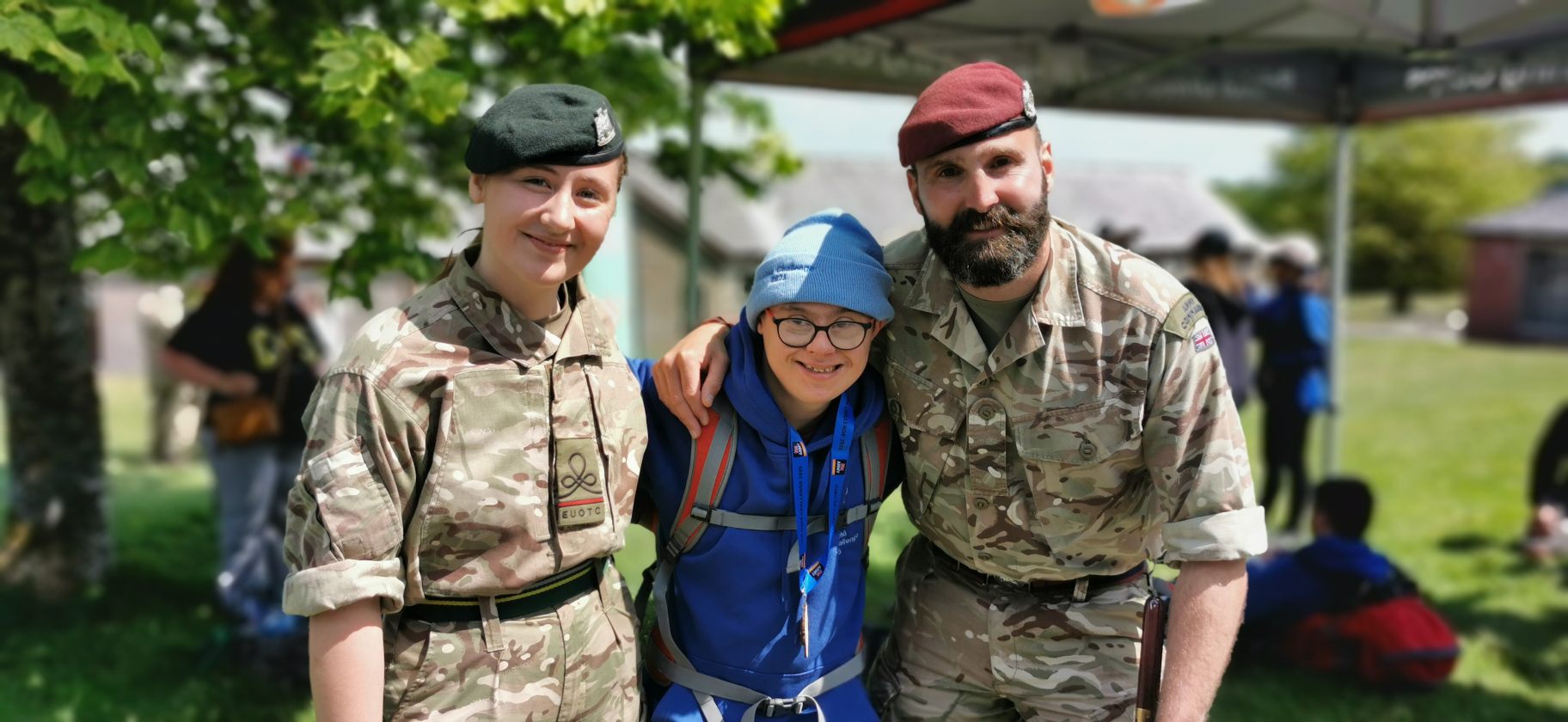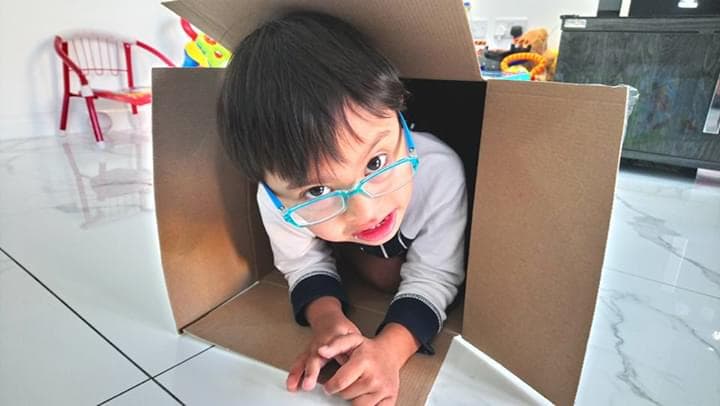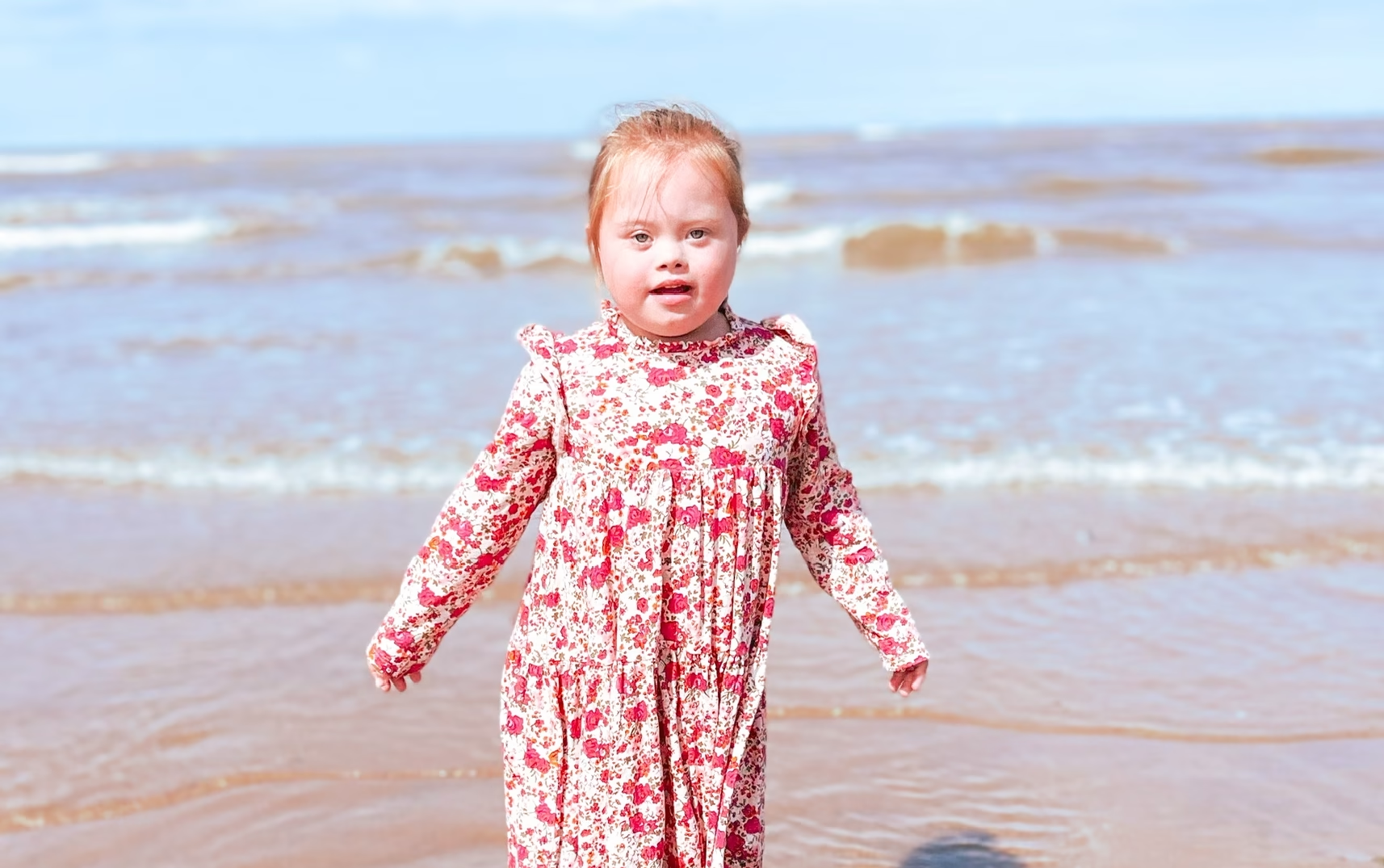- by June Rogers MBE
Toilet training is often perceived as a milestone that should commence only when a child exhibits signs of ‘readiness.’ However, this conventional approach may inadvertently delay the development of essential toileting skills, especially in children with additional needs.
June Rogers MBE, Paediatric Continence Specialist, summarises her 4-step toilet training programme below.
Rethinking ‘readiness’
A prevalent misconception is that children with additional needs should delay toilet training until they are older or can communicate effectively. However, waiting for signs of ‘readiness’ may result in missed opportunities for early skill development. As June Rogers emphasized, “Even typically developing children will struggle to become toilet trained if not given the opportunity to sit on a potty or learn about wees and poos.”
The pants4School approach
The Pants4School programme advocates for early introduction to toileting routines, focusing on building awareness and understanding rather than immediate independence. This programme has enabled many children with Down syndrome to become toilet trained age appropriately and to start school in pants (#pants4school). Here’s an overview of the four-step approach:
Step 1: Getting started
- Healthy Habits: Establish regular eating and drinking patterns to prevent constipation.
- Bathroom Association: Change your child in the bathroom to associate the space with toileting.
- Introduce the Potty: Begin with short, supported potty sessions once or twice daily.
- Visual Learning: Let your child observe the process of disposing of waste in the toilet and flushing.
Step 2: Introducing regular potty or toilet times
- Routine Building: Gradually increase the frequency and duration of potty sessions, aligning them with daily activities like waking up, meals, and bedtime.
- Positive Reinforcement: Use specific praise and, if necessary, rewards to encourage participation.
- Role Modeling: Allow your child to see family members using the toilet to normalize the behavior.
- Interactive Learning: Incorporate games and role-play with toys to make the experience engaging.
Step 3: Timed toileting
- Assess Patterns: Monitor your child’s wet and dry periods to identify patterns.
- Scheduled Toileting: Based on observations, establish regular toilet visits, adjusting intervals as needed.
- Use of Tools: Employ apps like Potty Whiz to track progress and maintain consistency.
- Social Stories: Utilise personalised stories to help your child understand the toileting process.
Step 4: Transitioning to Pants
- Preparation: Inform all caregivers about the transition plan to ensure consistency.
- Expect Accidents: Be prepared for mishaps and have spare clothing and protective covers ready.
- Continued Support: Maintain scheduled toilet visits and gradually increase intervals as your child gains confidence.
- Communication Aids: Use pictures and consistent language to help your child express their needs.
Addressing night-time control
Achieving night-time dryness is a physiological process that cannot be taught. Most children attain this milestone by the age of five. If your child is dry in the day and bedwetting persists beyond this age, consult a healthcare professional for assessment and guidance.
Empowering families
One parent shared their experience:
This testimonial underscores the programme’s effectiveness in fostering independence and confidence in children with Down syndrome.
Explore our resources
Upcoming training
Share this post
Author
 Specialist Children’s Bladder & Bowel Nurse
Specialist Children’s Bladder & Bowel NurseJune Rogers worked as a Specialist Children’s Bladder & Bowel Nurse for over 35 years. With a special interest in children with physical and learning disabilities, June has presented and published widely as well as winning several Awards for her work, including an MBE in 1997. More recently she won the 2024 BJN Continence Nurse of the Year. Working at a National level June was involved in several NHRI studies, NHS working groups and NICE Guidelines and Quality Standards, including Childhood Constipation. Now retired June is working with DSUK Positive About Down syndrome (PADS) developing resources and supporting families to manage continence problems more effectively.
View all posts









